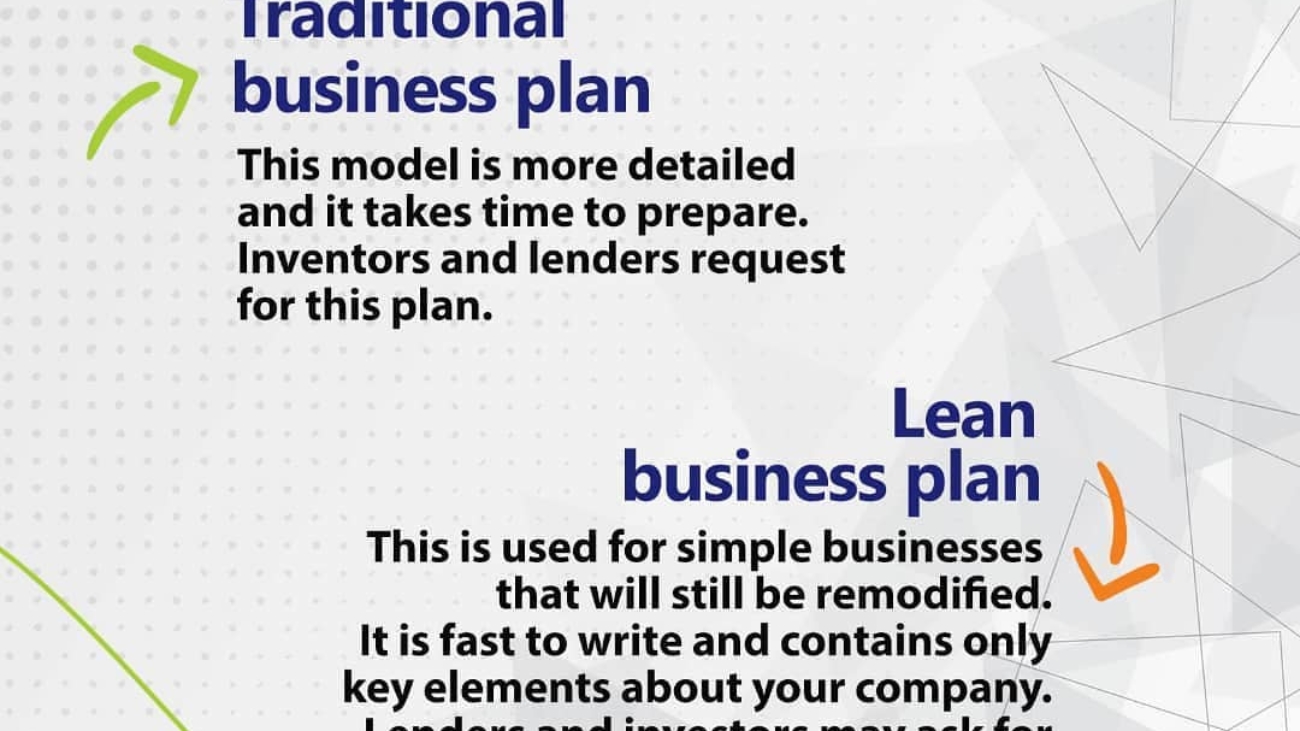The Federal Government will spend an estimated N2.3 trillion to fund its new Economic Sustainability Plan it is counting on to revive the economy.
The plan is big on mass agricultural programme Nigerians are already familiar with
A draft of the plan which President Muhammadu Buhari described as “our most exacting yet” was developed in response to the ongoing global economic and health crises which have taken a toll on the economy.
According to the plan obtained by BusinessDay, the chunk of the stimulus, as much as N471 billion, will go to the agricultural sector with the objective of expanding existing production in the agricultural sector and stimulating the establishment of new farms in partnership with state governments, the private sector and individual citizens.
“The intention is for the project to create jobs by focusing on increasing land under cultivation with state governments contributing between 20,000 to 100,000 hectares from a combination of aggregated smallholder farms between 1 acre to 1 hectare and utilisation of abandoned states farm settlements and agricultural projects,” the document said.
The plan also shows that the sector getting the next huge boost is small businesses in three tracks. The first track is to guarantee offtake scheme for MSMES, survival and intervention fund in the amount of over N415 billion.
The plan is big on mass agricultural programme Nigerians are already familiar with. It also seeks to stimulate growth through major and rural road construction programme, mass housing programme and large scale installation of solar home systems in a minimum of 5 million households currently not on the grid.
“The strategy is to ensure that all these programmes use only local materials,” the document said.
The government says its role is to be the provider or facilitator of resources for private sector programmes, and ultimately to be the guarantor of last resort of what is produced.
“This means that government must help to guarantee uptake for work done, houses built, or goods produced,” the plan said.
On how the programme will work, the document says, for example, that “for roads, where we cannot afford to import bitumen or asphalt with our scarce resources, we have to use limestone and rocks in abundance.
So all roads, especially the roads to be built with pension fund investments, must use locally produced materials.”
The same principle is to be applied in the mass housing programmes where local materials and labour only will be used.
However, it will make some exemption in the off-grid energy space allowing for ‘minimal imports’ to provide solar power for 5 million households.
“There are indications that some of the world’s leading manufacturers are prepared to set up manufacturing locally. With a plan for 5 million homes to be delivered by the private sector, this can be attractive to the manufacturers,” the government report said.
It further said that the plan will entail massive support for MSMEs in local production technology, agro-allied value-chains, garment production, information and communication technology, entertainment, tourism, etc.
“Instead of the prospect of 30 million unemployed Nigerians staring us in the face, we can put 30 million Nigerians to work immediately. The principal challenge of our economy is implementation. This also means coordination. We can mobilise Nigeria behind MSMEs and insist on local production, especially in the agro-allied value-chain,” the report said.
The final plank of the plan is the social investment programme where it is proposing a one-off cash payment of a minimum of N10,000 to at least 30 million Nigerians, and the government will spend over N400 billion on various programmes.











